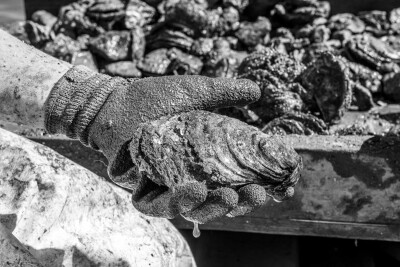It’s been a simply brutal winter in New England. This week, a hiker died in New Hampshire’s White Mountains after she got caught in one of many recent winter storms and activated a personal locator beacon. The National Guard flew over the area the signal was coming from and then a team of rescuers braved 108-mph winds and frigid temperatures to reach her, only too late.
Of course, the difference between a hiking trip and a fishing trip is that one is for leisure and one is for a living. But another significant difference is that on a properly equipped boat, you have a survival suit.
Very early Monday morning, when the crew of the 80-footer Savannah Ray ran aground, they sent an alert via EPIRB, got in their survival suits and prepared their life raft. The Coast Guard’s Kodiak station sent an MH-60 to retrieve them in 45-knot winds with rain and 11-foot seas. The crew was rescued within 90 minutes. (Watch the rescue video below.)
There is so much we can do to improve our own safety, from PLBs to weather forecasting and understanding what certain conditions can mean for a trip to sea. Being able to send out a mayday is no guarantee of rescue. As hard as the Coast Guard works to reach fishermen in peril, they can’t always work miracles. But having access to your survival suit and knowing how to get it on and quickly may save your life. And remember that if you can’t get it on in a minute while standing on stable, dry land, how long will it take to don it properly while the deck is rolling?
Having a beacon can save your life, as can a careful assessment of the weather. But no matter what happens, chance will always play a role. Don’t pile on the chances by being unprepared.






